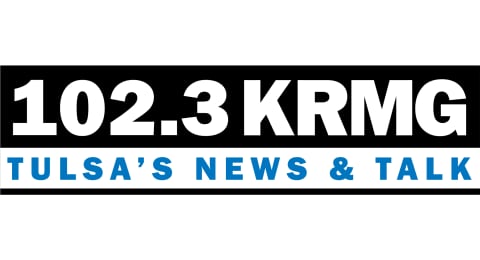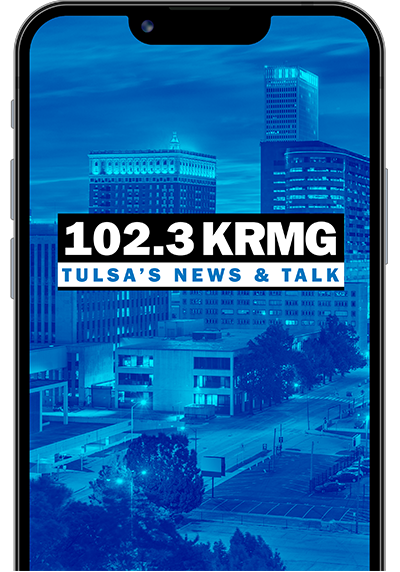General Thomas P. Stafford, a NASA astronaut born in Weatherford, Oklahoma, died on Monday at the age of 93.
Stafford was born in September of 1930 and raised in western Oklahoma. According to a press release from the Stafford Air and Space Museum, he often credited his hometown as the foundation for his successful career.
After graduating from Weatherford High School in 1948, Stafford was chosen to attend the U.S. Naval Academy in Maryland where he graduated in the top one percent of his class.
Stafford’s dream ever since he was a child was to become a fighter pilot and to graduate from the naval academy, he would be able to pursue that dream.
Just before he graduated, the U.S. Air Force was deemed a new, separate military department. To fill the Air Force’s need for officers, outstanding graduates from both the Army and Naval academies were allowed to stay with their original branch, or transfer to the newly created department. Stafford then transferred to the Air Force and gained his silver wings.
Stafford then attended a test pilot school where he graduated top of his class and went on to test new aircraft designs. Stafford eventually co-authored two books helping train pilots.
In the 1960s, NASA announced its race to the moon against the Soviet Union and selected a class of nine astronauts who would help on this mission, one of which was Stafford.
According to the press release, Stafford flew in several historic space missions.
In 1965, he served as the pilot for the Gemini 6. During this mission, both Stafford and Wally Schirra completed the first rendezvous in space with another orbiting spacecraft.
Six months after this, Stafford commanded Gemini 9 with Gene Cernan.
In May of 1969, Stafford commanded the Apollo 10 mission to the moon and was the first man to pilot a Lunar Module into lunar orbit. Stafford was one of only 24 humans to venture into deep space to explore another celestial body.
Following his flight to the moon, Stafford was chosen by NASA to become Chief of the Astronaut Office.
He later served as Deputy Director of Flight Crew Operations at the Johnson Space Center. During that time, he received his first star with his promotion to Brigadier General, the first astronaut to obtain that rank.
In 1975, Stafford co-commanded the final Apollo mission, “Apollo-Soyuz,” a mission that brought both a U.S. crew and a Soviet crew together in orbit to diffuse tensions during the Cold War.
Stafford received a nomination for the Nobel Peace Prize for this mission.
Stafford resigned from NASA after the “Apollo-Soyuz” mission and returned to the Air Force where he earned his second and third stars.
The Air Force selected him to be the Commanding General of Edwards AFB and its Experimental Flight Test Center. There, he oversaw and participated in the final testing of some of the most important aircraft ever flown including the F-15, F-16, A-10, B-1B, and prototypes for the C-17.
During this time, Stafford was the Commanding General of “AREA-51,” one of the world’s top-secret test facilities, located in the Nevada desert.
The press release said Stafford received his first glimpse of the experimental technology called “Stealth.” During his tenure at Area-51, and later while at the Pentagon as head of Air Force Research & Development and Acquisition, Stafford established the program that led to the development of the F-117 Stealth Fighter, and later, the B-2 Stealth Bomber. Today, he is referred to as the Air Force’s “Father of Stealth.”
Stafford spent nearly 508 hours in space by the late 1970s and was the first member of his Naval Academy Class of 1952 to earn his first, second and third stars as a general officer. His career allowed him to fly nearly 130 types of military aircraft, and four different spacecraft and ride on three different types of boosters into space.
Shortly after Stafford’s retirement, Former President Ronald Reagan asked him to join his presidential transition team as primary defense advisor.
In June of 1990, Vice-President Dan Quayle, and NASA Administrator Dick Truly, asked Stafford to form a team to advise NASA on how to carry out President Bush’s Space Exploration Initiative to permanently return astronauts to the moon, and then go on to explore Mars.
This comprehensive study still serves as a guideline to return humans to the moon and, one day, onto Mars.
After finding a potentially fatal flaw in its mirror when the Hubble Telescope was first launched, NASA Administrator Dan Goldin asked Stafford to develop a committee to find a fix, which they did. The Hubble went on to become one of the most revolutionary scientific research instruments ever built.
After the Space Shuttle “Columbia” and its crew were lost on reentry in 2003, Stafford co-chaired the oversight committee that ensured all safety changes were made before the Shuttle was allowed to fly again.
He then continued to provide engineering expertise in the designs of future manned spacecraft.
Before his death, Stafford still chaired NASA’s key Space Station Oversight Committee for ISS safety, preparedness, and operation.
FOX23 spoke with Tulsa Air and Space Museum Executive Director Tonya Blansett after Stafford’s passing.
Blansett shared how Stafford was interested in space even during his time at the U.S. Military Academy at West Point.
“He always was very determined and he was always very clearly focused on what he wanted to do and the opportunities led before him,” said Blansett. “He was such a hard worker and just knew what he wanted to do and went after it.”
Stafford developed a scholars program at Southwestern State University to provide scholarship opportunities for students interested in the space program.
“No one knew the future like General Stafford. Up until his last few days, he was still very determined to help the space program and do what it needed to do,” Blansett said. “He loved the space program, he loved space exploration and he was just totally committed to it.”
Blansett said she is honored to have known and learned from him.
“Everything that he did with his museum and through the scholarship programs that he helped create was all about making sure we don’t forget about the past,” said Blansett. “Making sure that we have a bright future through our youth and through our students. You know, he was a wonderful person.”
U.S. Senator Markwayne Mullin released the following statement on social media after Stafford’s passing:
“Very sad to hear that renowned General Tom Stafford (USAF, ret.) has passed away,” Mullin said in the statement. “A Weatherford native, Stafford graduated from Weatherford High School and went on to attend the U.S. Naval Academy. He became a pilot, flight leader, and flight test maintenance officer before being selected for both the Gemini and Apollo missions in 1962. He was a commander on the 1969 Apollo X mission and is still recognized for the all-time highest reentry speed of any manned spacecraft. Amazingly, General Stafford remains the first and only active General to fly in space. General Stafford dedicated his life in service to our country, and his proud legacy will never be forgotten. #OklahomaStandard.”







